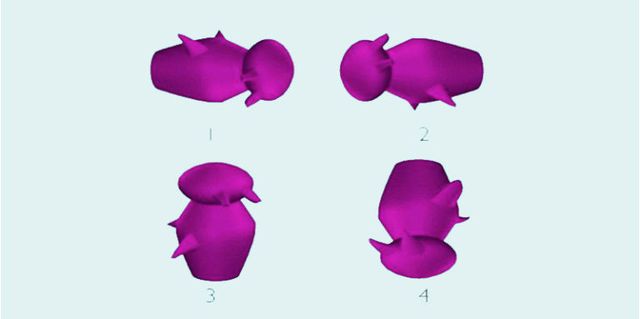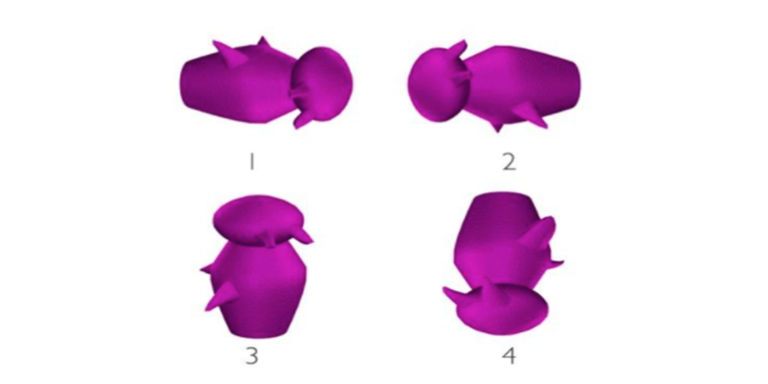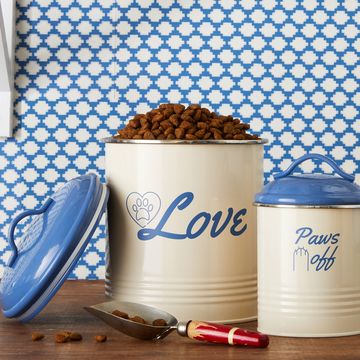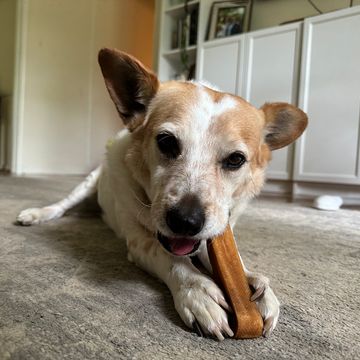Clues to your risk of Alzheimer's disease may be found in tiny purple characters called Greebles.
People who are unable to tell which shape is the odd one out in a series of images could be more at risk of developing the brain disease in future, according to researchers at the University of Louisville.
Scientists have discovered that those who are genetically more at risk for the disease struggle to spot a subtle difference in one of the images, despite being perfectly able to detect minor changes in people's faces.
Dr. Emily Mason, a postdoctoral associate in the Department of Neurological Surgery at the university who led the research said:
"Right now, by the time we can detect the disease, it would be very difficult to restore function because so much damage has been done to the brain. We want to be able to look at really early, really subtle changes that are going on in the brain. One way we can do that is with cognitive testing that is directed at a very specific area of the brain."
Odd One Out
Volunteers were asked to complete a series of "odd man out" tasks. They were shown sets of four images depicting real-world objects, human faces, scenes and Greebles in which one image was slightly different to the other three.
The genetically at-risk groups performed similarly to controls when it came to objects, faces and scenes. But for the Greebles, the at-risk group scored lower than their control counterparts.
Dr. Mason said: "Most people have never seen a Greeble and Greebles are highly similar, so they are by far the toughest objects to differentiate.What we found is that using this task, we were able to find a significant difference between the at-risk group and the control group. Both groups did get better with practice, but the at-risk group lagged behind the control group throughout the process."
Mason would like to see further research to determine whether the individuals who performed poorly on the test actually developed Alzheimer's in the future.
"The best thing we could do is have people take this test in their 40s and 50s, and track them for the next 10 or 20 years to see who eventually develops the disease and who doesn't."
Can you spot the difference?
ANSWER: In the example given above, image four is the odd Greeble because its horns and arm are subtly shaped differently to the others.














